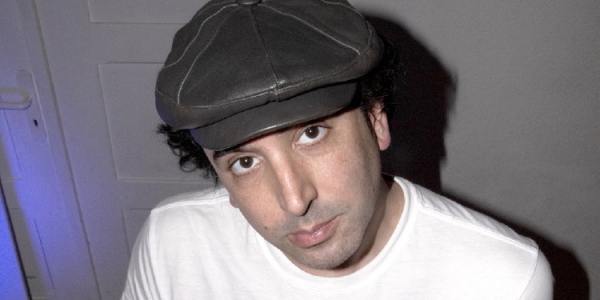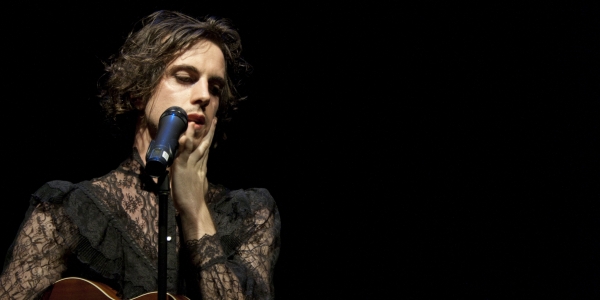As Metro Area, Jesrani and Geist rose to acclaim as part of the same wave of disco and punk-funk purveyors that included the likes of LCD Soundsystem and the DFA Records crew. Their releases, while only sporadic, are uniformly excellent, and I ask Jesrani how often he catches up with Geist, and indeed, if there’s anything new for them on the way.
“We’re good, long-time friends so we’re always in touch,” he says. “We tend to meet at least weekly for lunch. We’ve finally decided to finish a new album,” he continues, “but the only thing is that it’s not an album of music, per se. It’s a photo album called Metro Area – Out to Lunch, which chronicles our various lunches over the past two years. It features such hits as Empanada Café in Corona, Queens, Golden Mall in Flushing, and ends on a refined note with Jean Georges.”
Jesrani is not the most prolific of producers, and he takes a while between releases, all of which makes his collaboration with Tracey Thorn all the more special. A few years back, when the Everything But The Girl singer released a solo album, he contributed in the form of the sublime disco-house hybrid It’s All True. As for how this collaboration came about, he tells me that it was a complete accident. “Tracey and I have never met,” he explains. “I was in Berlin staying with Sasse Lindblad of Moodmusic, and we were just jamming at his studio, which was in his apartment at the time. Ewan Pearson came by and got down with us. Ewan was in the middle of helping put together Tracey’s album and played her a demo of what we’d done that day.” The singer liked what she heard, and decided to write lyrics around it. “I mocked up string parts and had them recorded when I came back to New York,” he explains, “then I sent them to Ewan in London, who mixed the whole thing, and it became a single!”
In his capacity as a DJ, Jesrani travels the world a lot, although his busy schedule sometimes prevents him from indulging in the crate-digging he so loves. “Sometimes, though a lot of my visits to cities revolve around the gig itself, with not much extra time to do anything else,” he says. “When I stay somewhere for a few days I might get a chance to find some music.” He has, however, made a few interesting discoveries of late. “I have some friends in Berlin who are pretty deeply involved in the second-hand record store scene, and one of them turned me on to a crazy, electronically-produced East German Schlager song called Mingo. It’s from the early to mid-‘70s, and my friend tells me it’s about a monkey – I’m gonna take his word for it because I understand very little German.”
The technology available to DJs has changed a great deal over the last decade, and I ask Jesrani what, from his perspective, has been the biggest shift. The question gives him pause. “I’m not sure,” he says. “I mean, there was always a chance you’d hear really shitty music at the club, because plenty of bad music was pressed to vinyl records, but now you get to hear really shitty music which also sounds like complete shit because it’s played back from MP3s. I also hear a fair amount of good music which is ruined because it’s played from MP3s.”
In short, he says, the proliferation of digital formats has led to a proliferation of mediocre music and unremarkable DJ sets … not that he wants to be a grumpy old man about it. “Please don’t be taken aback by my hatred of MP3s!” he laughs. “It’s the necessary flip side of my complete devotion to music. Philosophically-speaking, it has to exist. I’m really a lot of fun, I swear. Let’s party!”
Disco music represents extremes of emotion – it can be euphoric and also very sad, often at the same time – and before I let him go, I have to ask Jesrani what it is that has drawn him to disco music for all this time. “I’d have to say, it’s the stylistic range as well as the emotional,” he says. “Disco can take on many different forms – electronic or earthy, futuristic and sleek, or folksy. The only constant requirement seems to be that it is dance-oriented music and, classically speaking, embodies its original ingredients – African American, Latin and European influences.”
BY ALASDAIR DUNCAN

